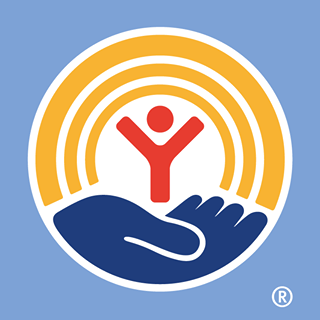By Kevin Rincon
PATERSON, N.J. (WCBS 880) — One New Jersey town has launched a pilot program to help some parents who are struggling to feed their children amid the pandemic.
It’s no secret that food insecurity has grown exponentially because of the coronavirus pandemic putting thousands of people out of work, and many children are now dealing with hunger on top of remote learning.
“I mean they certainly can’t be learning anything if they’re hungry all the time,” says Eileen Shafer, superintendent of the Paterson School District.
In Paterson, the need was also growing but, volunteers at food pantries say there were seeing a decline in the number of people who were requesting help.
“Participation was going down even though meals are being distributed for free,” says Yvonne Sidima, the head of The United Way of Passaic County.
A volunteer tried to figure out what was going on, and Sidima says they realized access to services was a huge issue for many families.
“About 5% of families live a mile or more away from their nearest school pick-up site for school meals,” she explained.
The United Way is now partnering with the Paterson School District to deliver free meals directly to students.
“In the initial rollout, we can do delivery for about 60 or 65 households and then as we work out the kinks and develop this system, we will continue to add eligible families as much as we can,” Sidima said.
Shafer says anybody who lives a mile away from a meal pick-up site will be able to have food delivered to their home. The United Way says that amounts to about 1,000 students, currently.
They note families will have access to an online tool to determine if they are eligible.
“In the initial rollout, we can do delivery for about 60 or 65 households and then as we work out the kinks and develop this system, we will continue to add eligible families as much as we can,” Sidima said.
Shafer says anybody who lives a mile away from a meal pick-up site will be able to have food delivered to their home. The United Way says that amounts to about 1,000 students, currently.
They note families will have access to an online tool to determine if they are eligible.
